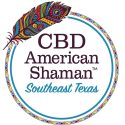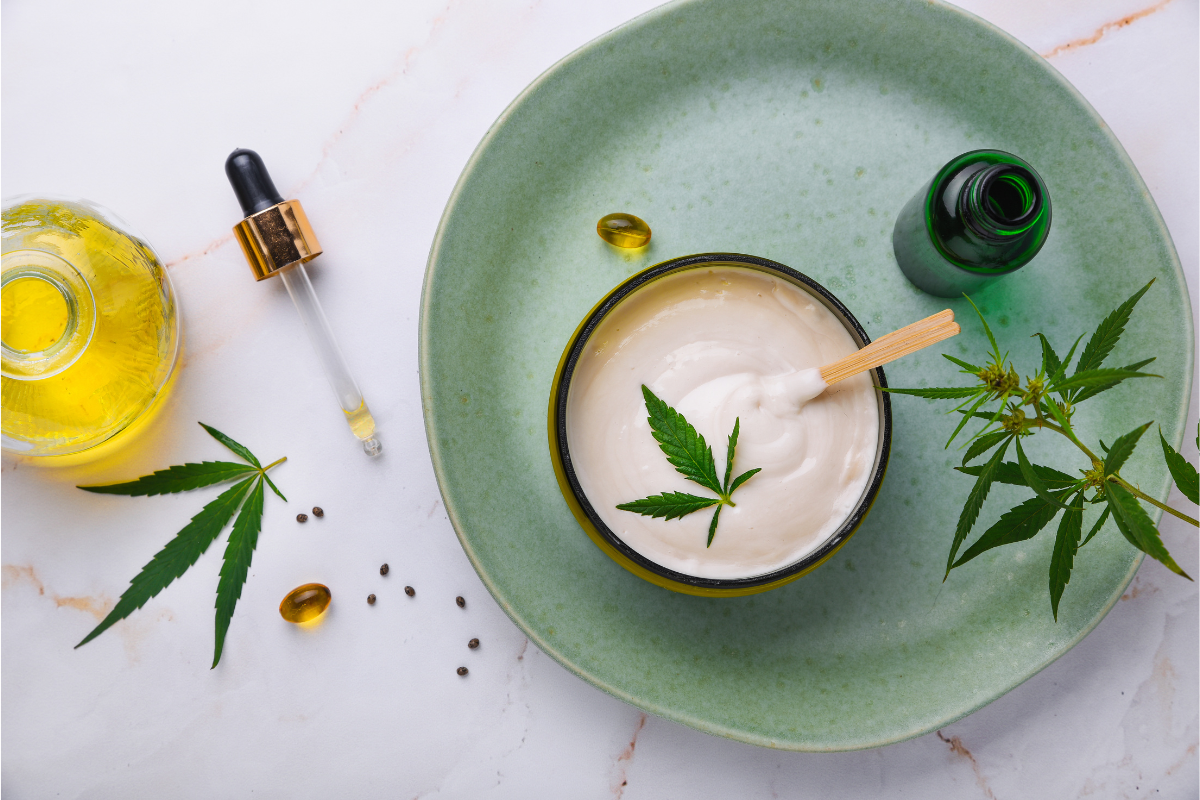The Rise of CBD in Beauty
CBD (Cannabidiol) has made its way from health food stores to luxury skincare counters. Once seen primarily as a wellness supplement for stress or sleep, it’s now a star ingredient in serums, moisturizers, and masks. But why is CBD showing up in your beauty routine — and does it really live up to the hype?
Let’s explore what science says, how it works on the skin, and how to choose products that actually deliver results.
What Makes CBD Interesting for Skincare?
Our skin has its own endocannabinoid system (ECS) — a network of receptors that help regulate inflammation, oil production, and barrier function. CBD interacts with this system, which may help the skin maintain balance.
Here’s what that means in practical terms:
Soothing irritation: CBD’s anti-inflammatory potential makes it appealing for sensitive or reactive skin.
Managing redness: By calming the skin’s response to stressors, it may reduce redness or blotchiness.
Balancing oil: CBD could help normalize sebum production, which makes it relevant for both dry and oily skin types.
Supporting the barrier: Healthy skin needs a strong moisture barrier — CBD’s antioxidant properties may help strengthen it over time.
While research is still evolving, early studies suggest that topical CBD might help manage conditions associated with inflammation, such as dryness, acne, and mild irritation.
What the Research Actually Says
Inflammation and acne: A 2014 study found that CBD reduced excessive sebum production and exerted anti-inflammatory effects on sebocytes (the cells that produce oil).
Antioxidant potential: CBD has shown antioxidant activity that may help counteract free radical damage — a key factor in premature aging.
Barrier support: Some early research suggests that CBD can promote overall skin homeostasis, meaning it helps the skin “self-regulate.”
However, experts emphasize that CBD isn’t a miracle cure — it’s a promising ingredient that can complement a broader skincare routine. Think of it as a “helper molecule,” not a replacement for sunscreen, cleansing, or hydration.
Common Types of CBD Skincare Products
| Product Type | What It Does | Best For |
|---|---|---|
| CBD Serum | Lightweight and fast-absorbing; delivers antioxidants and calming benefits. | Redness, uneven tone, fine lines. |
| CBD Moisturizer | Locks in hydration while soothing the skin. | Daily nourishment, dry or irritated skin. |
| CBD Balm or Cream | Richer, often used for spot-treatment or targeted areas. | Localized irritation, rough patches. |
| CBD Mask | Provides a concentrated, short-term dose of calming ingredients. | Occasional skin reset or relaxation. |
| CBD Body Lotion | Extends benefits to body care; may help with post-shower dryness. | All-over hydration and skin comfort. |
Full-Spectrum, Broad-Spectrum, or Isolate: What’s the Difference?
If you’ve shopped CBD skincare, you’ve probably seen these terms:
Full-Spectrum CBD: Contains all naturally occurring cannabinoids (including trace THC under 0.3%), plus terpenes and flavonoids. This combination is thought to enhance effects through the “entourage effect.”
Broad-Spectrum CBD: Similar to full-spectrum but THC is removed — ideal for those who want the synergistic benefits without THC.
CBD Isolate: Pure CBD with no other cannabinoids or plant compounds — great for sensitive skin or first-time users.
For skincare, broad-spectrum and isolate formulations are most common, since they’re gentle and legally easier to distribute.
How to Choose a Quality CBD Skincare Product
Because the market is booming, not all “CBD skincare” is created equal. Here’s a checklist to guide you:
✅ Check for third-party lab testing: A Certificate of Analysis (COA) should verify CBD content and confirm no pesticides or heavy metals.
✅ Look for transparent sourcing: Hemp grown under regulated conditions (U.S., EU) is ideal.
✅ Read the ingredient list: CBD should be listed near the top, not buried at the end. Avoid unnecessary fragrances or alcohols that can irritate skin.
✅ Watch the packaging: CBD can degrade with light and air — opaque or dark glass bottles are best.
✅ Understand concentration: For topical effectiveness, look for at least 50–100 mg of CBD per ounce.
Integrating CBD Into Your Routine
Start simple: Introduce one CBD product at a time to observe how your skin reacts.
Patch test first: Especially if you have sensitive or acne-prone skin.
Layer smartly: Apply serums before moisturizer and use sunscreen every morning — CBD doesn’t replace SPF.
Be consistent: Like most skincare, results come from regular use over several weeks.
Busting Common Myths
Myth: “CBD skincare gets you high.”
False — CBD is non-psychoactive and does not produce a “high.”
Myth: “All hemp products are the same as CBD.”
Not quite. Hemp seed oil is moisturizing but contains no CBD unless specifically stated.
Myth: “More CBD = better product.”
Not always. The formula quality, supporting ingredients, and stability matter just as much as dosage.
The Future of CBD Beauty
The CBD beauty trend shows no signs of slowing down. As more clinical research emerges, we’ll likely see CBD combined with other proven skincare actives — such as hyaluronic acid, niacinamide, and peptides — for even more targeted benefits.
Brands are also experimenting with eco-friendly CBD formulations, combining sustainable hemp sourcing with cruelty-free, clean-beauty standards.
Final Thoughts
CBD has earned its place in the skincare conversation — not as a magic fix, but as a thoughtful, science-supported ingredient that promotes calm, balanced, and resilient skin.
If you’re curious about adding CBD to your beauty routine, start small, choose wisely, and give your skin time to respond. Whether it’s a soothing serum, a hydrating cream, or a full-body lotion, CBD may be the modern ingredient your skincare routine has been missing.
Disclaimer: This content is for informational purposes only and does not constitute medical or dermatological advice. Always consult with a licensed skincare professional or dermatologist before starting any new product, especially if you have sensitive skin or chronic conditions.

